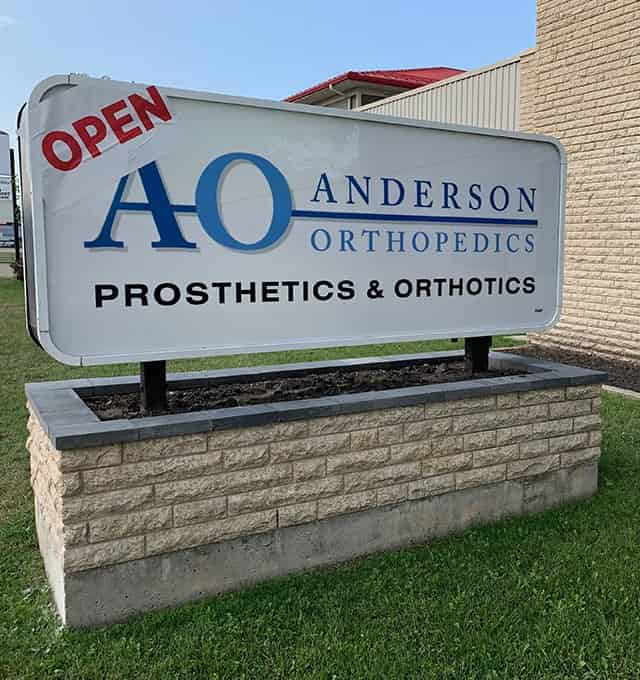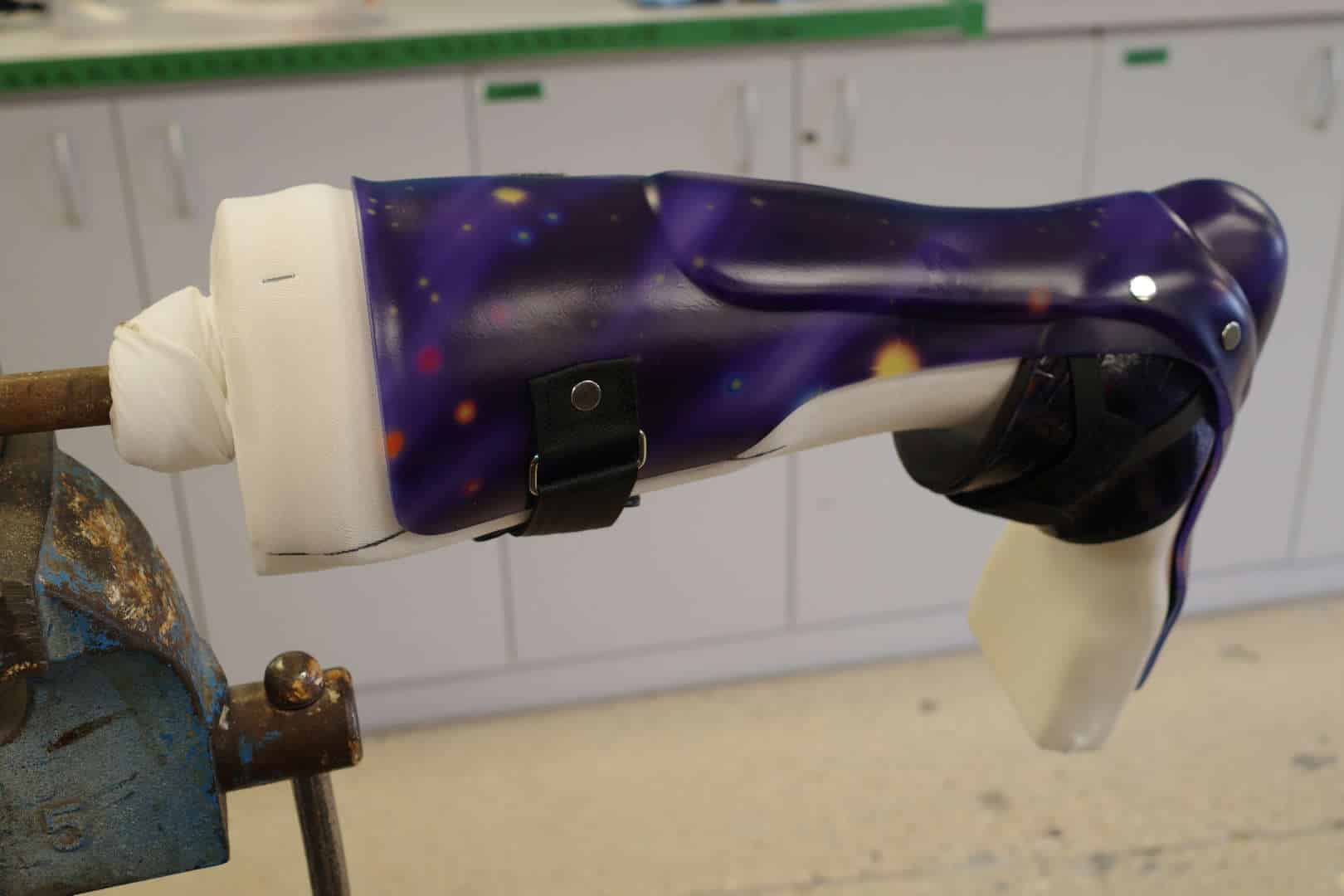Anderson Orthopedics
Mobility is our Priority
Specializing in prosthetics & orthotics

Welcome to Anderson Orthopedics
Anderson Orthopedics is a private prosthetics and orthotics clinic with locations in Winnipeg and Brandon.
Anderson Orthopedics, specializes in prosthetics & orthotics fabricated in Winnipeg using state-of-the-art practices, quality components & suitable design. Most of all Anderson's House has been serving Manitobans Prosthetic and Orthotic needs since 1945.
Our staff is trained to assess, design, fabricate, fit and provide follow-up services for our patients therefore providing a one stop shop. For more information
More about usOur Services


